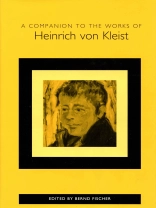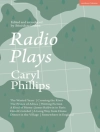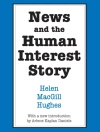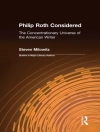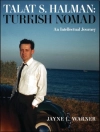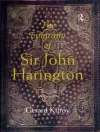New essays on the most prominent German dramatist and short-story writer of the early 19th century.
For over 150 years, Heinrich von Kleist (1777-1811) has been one of the most widely read and performed German authors. His status in the literary canon is firmly established, but he has always been one of Germany’s most contentiously discussed authors. Today’s critical debate on his unique prose narratives and dramas is as heated as ever. Many critics regard Kleist as a lone presager of the aesthetics and philosophies of late nineteenth- and early twentieth-century modernism. Yet there can be no question that he responds in his works and letters to the philosophical, aesthetic, and political debates of his time. During the last thirty years, the scholarship on Kleist’s work and life has departed from the existentialist wave of the 1950s and early 1960s and opened up new avenues for coming to terms with his unusual talent. The present volume brings together the most important and innovative of these newer scholarly approaches: the essays include critically informed, up-to-date interpretations of Kleist’s most-discussed stories and dramas. Other contributions analyze Kleist’s literary means and styles and their theoretical underpinnings. They include articles on Kleist’s narrative and theatrical technique, poetic and aesthetic theory, philosophical and political thought, and insights from new biographical research.
Contributors: Jeffrey L. Sammons, Jost Hermand, Anthony Stephens, Bianca Theisen, Hinrich C. Seeba, Bernhard Greiner, Helmut J. Schneider, Tim Mehigan, Susanne Zantop, Hilda M. Brown, and Seán Allan.
Bernd Fischer is Professor of German and Head of the Department of German at Ohio State University.
Зміст
Introduction: Heinrich von Kleist’s Life and Work – Bernd Fischer
Jupiterists and Alkemists:
Amphitryon as an Example of How Kleist’s Texts Read Interpreters – Jeffery L. Sammons
Kleist’s
Penthesilea: Battleground of Gendered Discourses – Jost Hermand
On Structures in Kleist – Anthony Stephens–til 7/03
Strange News: Kleist’s Novellas – Bianca Theisen
The Eye of the Beholder: Kleist’s Visual Poetics of Knowledge – Hinrich C. Seeba
The Performative Turn of the Beautiful: ‘Free Play’ of Language and the ‘Unspeakable Person’ – Bernhard Greiner
The Facts of Life: Kleist’s Challenge to Enlightenment Humanism (Lessing) – Helmut J. Schneider
‘Betwixt a false reason and none at all’: Kleist, Hume, Kant, and the ‘Thing in Itself’ – Tim Mehigan
Changing Color: Kleist’s ‘Die Verlobung in St. Domingo’ and the Discourses of Miscegenation – Susanne Zantop-Deceased
Ripe Moments and False Climaxes: Thematic and Dramatic Configurations of the Theme of Death in Kleist’s Works –
‘Mein ist die Rache spricht der Herr’: Violence and Revenge in the Works of Heinrich von Kleist – Sean Allan
Про автора
SEÁN ALLAN is Professor of German at the University of St Andrews. He studied at Emmanuel College, Cambridge and at the Humboldt Universität in what was then East Berlin. From 2001-2016 he worked at the University of Warwick before moving to St Andrews in 2016 as Professor of German. His main research areas regard the culture of the European Enlightenment, interdisciplinary approaches to the mediation of music and the visual arts, as well as translation and translation studies. He is the author of The Plays of Heinrich von Kleist: Ideals and Illusions (1996) and The Stories of Heinrich von Kleist: Fictions of Security (Camden House, 2001). He is the co-editor of a special edition of German Life and Letters, entitled Heinrich von Kleist: Performance and Performativity (2011); the co-editor of the volumes Kleist, Education and Violence: The Transformation of Ethics and Aesthetics and Konstruktive und destruktive Funktionen von Gewalt im Werk Heinrich von Kleists (2012), and Re-Imagining DEFA: East German Cinema in its National and Transnational Contexts (2016); and the co-author of the monograph Unverhoffte Wirkungen: Erziehung und Gewalt im Werk Heinrich von Kleists (2014). His most recent book, Screening Art: Modernism and the Socialist Imaginary in East German Cinema (2019), investigates questions of intermediality and spans not only film, but also literature, music, and the visual arts in post-war cinema.
